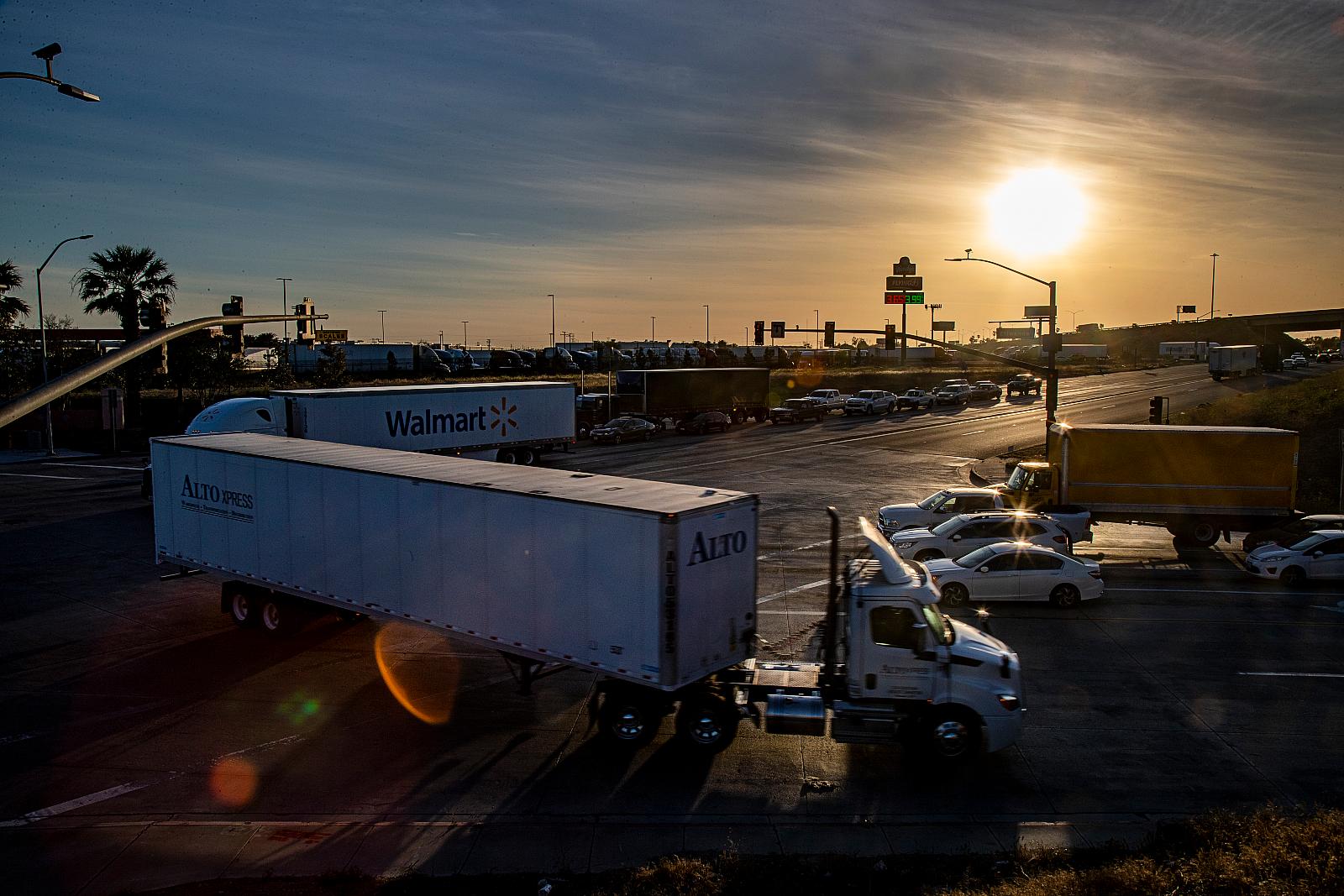Southern California’s Inland Empire, the hub of the nation’s e-commerce warehousing and logistics industry, is facing increasing opposition from municipalities in the region.
The city council of Pomona, centrally located in the region and adjacent to coastal Los Angeles, passed a measure on Monday to extend a temporary halt on new warehouse developments as a way to address pollution and its effects on residents, according to reporting from Bloomberg.
The city council of nearby Norco is also set to decide soon on a 45-day moratorium.
And in Colton, 30 miles east of Pomona, a pause on warehouse development was recently extended through May 2023. “We’re trying to strike a reasonable balance between advocates for change and advocates to support the industry,” Mark Tomich, a director with the city of Colton, told Bloomberg.
The vote has the potential to further cement the growing concerns by the people who live in the Inland Empire and are subject to both the pollution and the necessity of the low-wage jobs the industry offers.
The area is home to thousands of distribution centers that form a global logistics hub. Warehouses are typically located within or adjacent to low-income Hispanic or Black communities, where residents suffer from higher rates of asthma, heart disease, and other environmentally induced health issues.
“That’s why we call it a ‘sacrifice zone,’” Susan Phillips, director of the Robert Redford Conservancy for Southern California Sustainability at Pitzer College, told Grist. “[Municipalities] are making the choice to sacrifice the health and well-being of their population.”
But the nation’s e-commerce giants and other business interests are pushing back against the moratoriums. They argue that, with the Inland Empire located within an hour of seaports, mountains, and desert, weakening its status as the region’s logistics nexus by implementing moratoriums would hurt Southern California’s entire economy.
“The transportation nodes are where the people are. If you’ve got to serve 24 million people in all of Southern California, you’re going to be putting these spaces within geographically reasonable places,” Craig Meyer, president of real estate consultancy JLL’s industrial real estate arm for the Americas, told Bloomberg. The Laborers’ International Union of North America, which represents construction workers in the US and Canada, has also opposed the moratoriums.
Nearly 40 million square feet of warehouse space is currently under construction in the Inland Empire.
A notable piece of legislation under review would prohibit municipalities in the counties of Riverside and San Bernardino, both part of the Inland Empire, from approving or expanding a logistics development that is not at least 1,000 feet from most non-industrial sites.
A report published by Earthjustice shows that people who live within 2 miles of warehouses face significantly higher rates of asthma, and are more likely to be low-income.
Nora Garcia, a Pomona city council member and long-term resident who voted in favor of the extended moratorium on Monday, told Grist that diesel trucks idle constantly around the region’s warehouses. “They’re just parked out there causing a traffic nuisance, causing air pollution,” she said. Garcia hopes that the moratorium will allow cities like Pomona to pass further legislation limiting the impact of diesel trucks on the environment and local infrastructure.
Balancing the concerns of economic growth with the short and long term health consequences facing the Inland Empire’s most vulnerable residents has often led to stalemates.
But Phillips of the Robert Redford Conservancy told Grist she is hopeful that a moratorium in Pomona and other Inland Empire cities will give stakeholders time to sit down and assess how to better serve the region.
“People have to get on the same page and try and work with each other in order to achieve the goals the city has without harming its populations,” she said.



